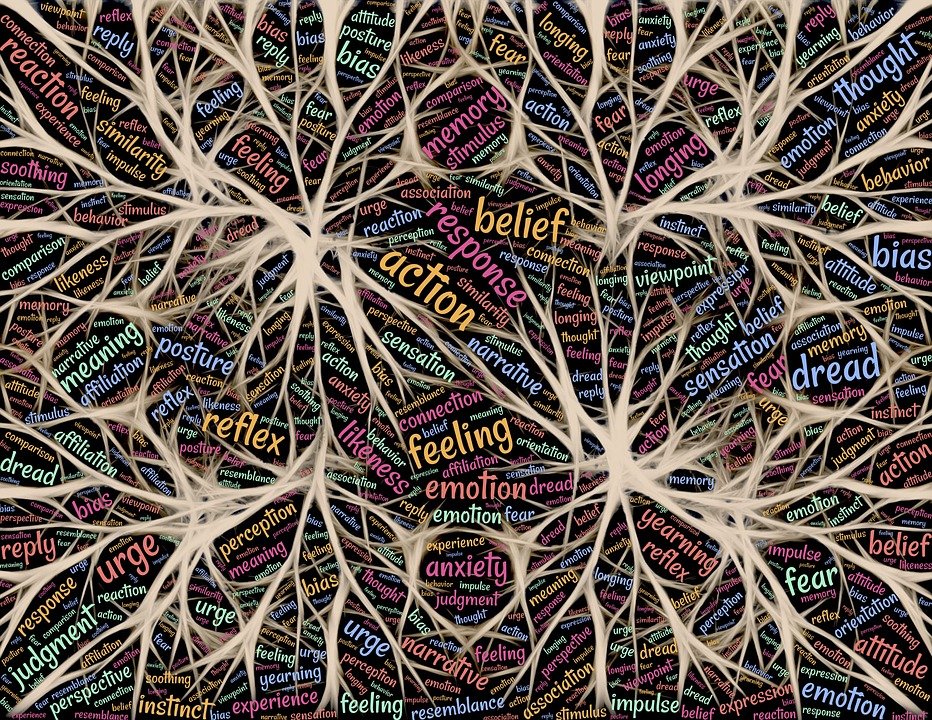Infrastructure of the Mind
I just thought I was a stressed person — that always feeling a little stressed was normal; that taking multiple sick weeks a year due to burn-out was to be expected when you were high-achieving and driven; and that letting go of my standards would mean I was letting go of myself and ultimately failing.
It wasn’t until 2018 that I started therapy. My heightened stress was impacting me both physically and mentally and something I could work on. I studied environmental engineering for the reasons many people go into engineering: I liked math and science and prioritized sustainability and conservation. I graduated with my B.S. in Environmental Engineering in 2012 and started my first full-time position at a large international firm. After five years, I decided to try a smaller local firm of about 40 people, which then led me to an even smaller local firm of two people.
As I experienced different jobs – different types of companies and different environmental engineering focuses from remediation to industrial stormwater to green stormwater infrastructure – I noticed something still didn’t feel quite right.
Noticing that something doesn’t feel right takes practice.
It’s so easy to get caught up in our daily routines, our judgments and expectations, and the assumptions we make about how we “should” feel. We ultimately learn to ignore our gut response in many ways. Mindfulness came into my life more formally at this time, although I wasn’t fully receptive to the concept yet. A therapist told me to try walking and eating more slowly and without multi-tasking. I thought that sounded like a true a waste of time. But, a year later, following more life changes and regular therapy sessions, I connected with a mindful eating coach and that’s when my mindfulness practice began to change my life.
What is mindfulness?
Although the definition of mindfulness varies, I like to reference Jon Kabat Zinn, who said, “Mindfulness is paying attention on purpose in the present moment non-judgmentally.” He identifies three main tenets of mindfulness:
Being present
Awareness
Suspending judgment
Being present is probably the most understood element of mindfulness. The concept of staying present is straightforward but implementing this practice in your daily life can be challenging. We are constantly bombarded by distractions, and our minds are easily drawn in multiple directions. Remaining present is a skill that we can grow through mindfulness practices and one that ultimately improves our ability to focus, reduces spiraling thoughts, and allows us to enjoy each moment.
Awareness is the second main tenet of mindfulness. Mindfulness teaches us to be aware of our bodies and our emotions; we slow down when we meditate and notice feelings or thoughts. Building this skill translates directly into how we treat ourselves and others – we learn how to extend more compassion and empathy with ourselves and ultimately to those around us. We are also better able to pause before we react to a situation; examine and understand our initial inclinations; and determine how we want to move forward rather than simply reacting.
Finally, suspending judgment is maybe one of the hardest of the three elements of mindfulness to recognize and implement. This component of mindfulness involves letting go of judgments of yourself and others. Through our mindfulness practice, we learn to simply notice with curiosity and an open mind. In the same way that self-awareness helps us with our interactions with others, letting go of judgment of ourselves means that we reduce judgment of others and recognize our biases. We are better able to accept the differences of our family, friends and co-workers and see how these differences make our relationships and teams stronger.
Mindfulness practice
Growing a mindfulness practice is similar to learning any new skill – you have to find what works best for you and practice over time. These practices can include meditation, gratitude, mindful eating, or inviting mindful awareness into your daily routine (mindfully brushing your teeth, washing your dishes, walking your dog, etc.). Through a mindfulness practice, you create new neural pathways and rewire your brain to be more present, more aware, and less judgmental.
About the author: Elyssa Dixon, P.E., is a mindfulness and meditation coach and founder of fleeceandforests LLC. She worked as a civil engineer in consulting for almost eight years and realized that her passion lies in helping others succeed. Elyssa's mindfulness practice profoundly changed her life by improving her well-being and making her a better leader and team member. Learn more about mindfulness including meditations, workshops, and coaching at www.fleeceandforests.com.


